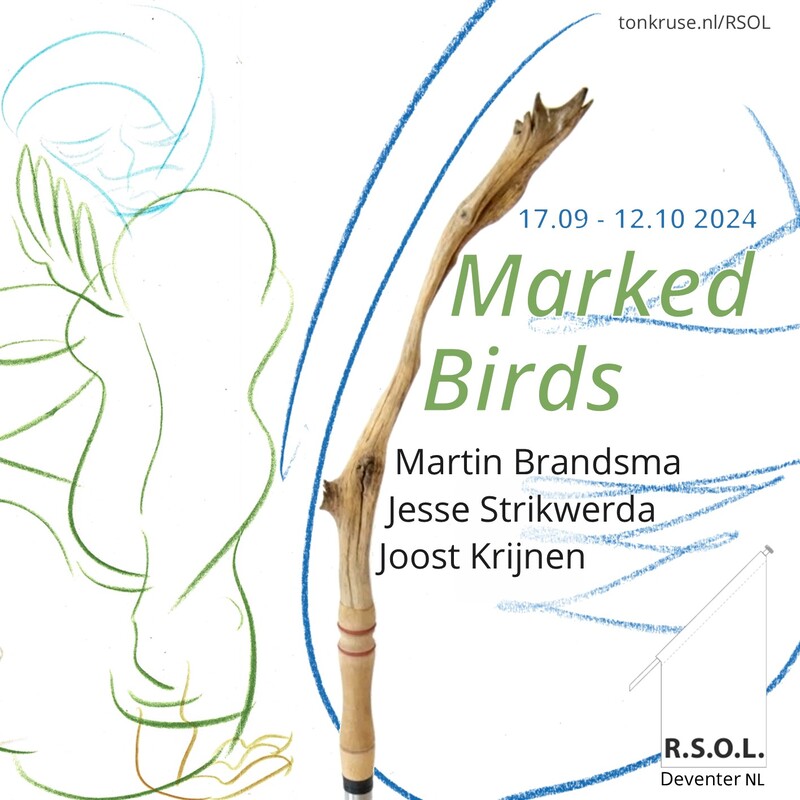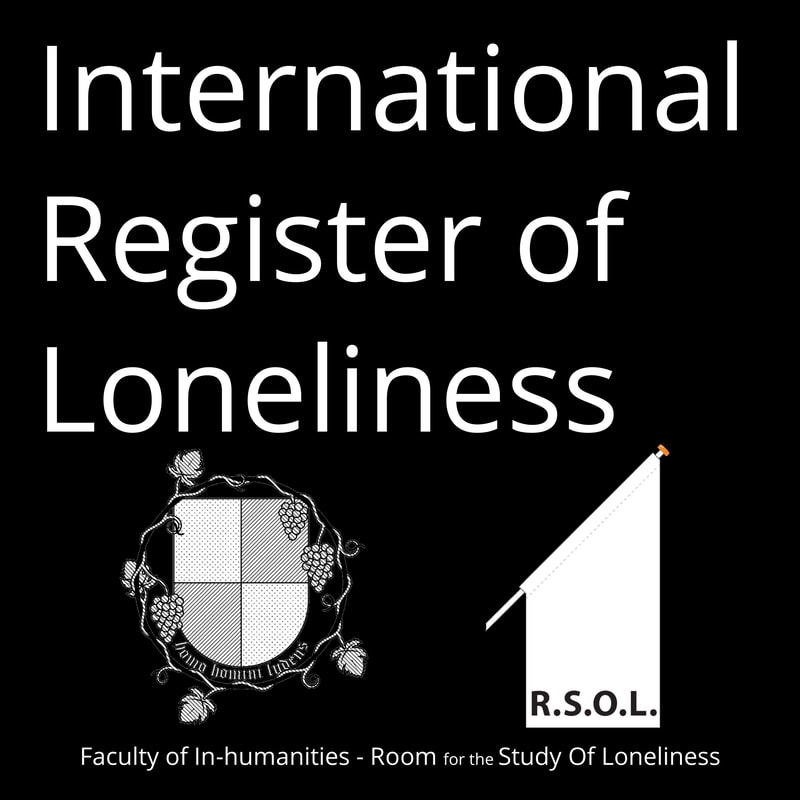R.S.O.L.
|
Room for the Study Of Loneliness : space for contemporary art
|
Be committed to art and become a sponsor of R.S.O.L.
|
R.S.O.L. Art Space Deventer brings current developments in contemporary art into focus with presentations of limited size but great significance. Away from commercial interests and other aspects involved in the art world, R.S.O.L. Art Space shows new work by Dutch and international artists and connects it to a current development and theme. Currents and movements taking place below and on the surface in contemporary art are made visible and accountable. Anyone who wants to know what is going on in contemporary art cannot miss the presentations of R.S.O.L.!
|
R.S.O.L. is not supported by governments or funds, but is funded entirely from its own resources, revenues and donations. Due to the recent move your support is needed twice as much! Support R.S.O.L. now!
here available:
R.S.O.L. bookshop offers several (mostly Dutch) titles art theory and art criticism, including Metropolis M and De Witte Raaf. With your purchase, you support the substantive objectives of R.S.O.L. Art Space.
|
The Ossenwaard nature reserve and the medieval city, 6 km; and The Rande Estate parkland and river landscapes and historical country estates, 7,5 km.
summer recess: 18.07.24 - 08.09.24
|
from 17 September 2024:
Visit R.S.O.L. at VU Art Science
The Faculty of In-humanities participates in the exhibition: Let's Work! at VU Art Science. Visit the installation R.S.O.L. & the Status of Reality in the gallery at the Campus of the Vrije Universiteit, Amsterdam.
Open Tue to Sat from 12 to 6 pm visitor info. Summer Break: 23.07 - 31.08 2024
Open Tue to Sat from 12 to 6 pm visitor info. Summer Break: 23.07 - 31.08 2024
photo GJ van Rooij, courtesy of VU Art Science
- September 9, 15.00 hours: Guided Tour & Group discussion with the Graduate School of Humanities
Guided tour and group discussion about the installation with master students and PhD candidates of the Graduate School of Humanities. The conversation will include the similarities between the place and status of humanities scholars and that of artists, what systemic and political grounds these have and what this means for you as a person - as artist or scholar.
Registration is not required but can be done via: VU Art Science, with reference to Conversation GSH - The Faculty 9 September.
Registration is not required but can be done via: VU Art Science, with reference to Conversation GSH - The Faculty 9 September.
- Oktober 1, 16.00 hours: Art Science Dialogue
Conversation between Dean Ton Kruse of the Faculty of In-humanities-R.S.O.L. and Juliet Vink, PhD candidate at the VU. Vink, as does The Faculty, investigates how and where artists work, what status this has in society and how politics affects this. And what similarities and differences exist between artists and scientists in these fields? The conversation will be moderated by Dr Nathanja van den Heuvel and there will be ample room for questions from the audience. The conversation will take place in the installation R.S.O.L. & the Status of Reality in the exhibition
Registration is not obligatory but can be done via VU Art Science, under reference of VU Art Science Dialogue 1 October.
Registration is not obligatory but can be done via VU Art Science, under reference of VU Art Science Dialogue 1 October.
- Oktober 10, 16.00 - 18.00 hours: plein-air drawing with Wapke Feenstra info
|
For Constructs of Dwelling, the last presentation in R.S.O.L. at the former location, Wapke Feenstra did a plein-air drawing class. Now she will be drawing with VU students and staff. Participants from outside the VU are welcome.
In what place do you prefer to be on the VU campus? And what qualities and aspects of that space make it the best place for you? With this plein-air performance, Feenstra ties in with the questions at play in the exhibition and in the installation R.S.O.L. & the Status of Reality. What does work (including study) do with us as (student) scientists or (student) artist-professionals? What does it mean? And how does our work actually ‘work’ in our society? |
With the presentation of the drawings made, the Faculty of In-humanities concludes its contribution to ‘Let's Work!’.
There are 15 places for participation. Registration can be done via VU Art Science, mention Plein-air Wapke 10 October. Language: English & Dutch & other
There are 15 places for participation. Registration can be done via VU Art Science, mention Plein-air Wapke 10 October. Language: English & Dutch & other
|
the archive as a dialogue - Stijn Elshuis info
|
inbetween days open programme
The open R.S.O.L. programme for artists, researchers and professionals.
Info and application: |
consultancy and writing

You can also come to R.S.O.L. for consultation on the acquisition of contemporary art and the development of your collection. Whether as an individual, an institution or a company. R.S.O.L. is also happy to take care of various editorial tasks, including applications for grants or funds.
read more |
|
all
is giving |
NOT supported by:
|
|









